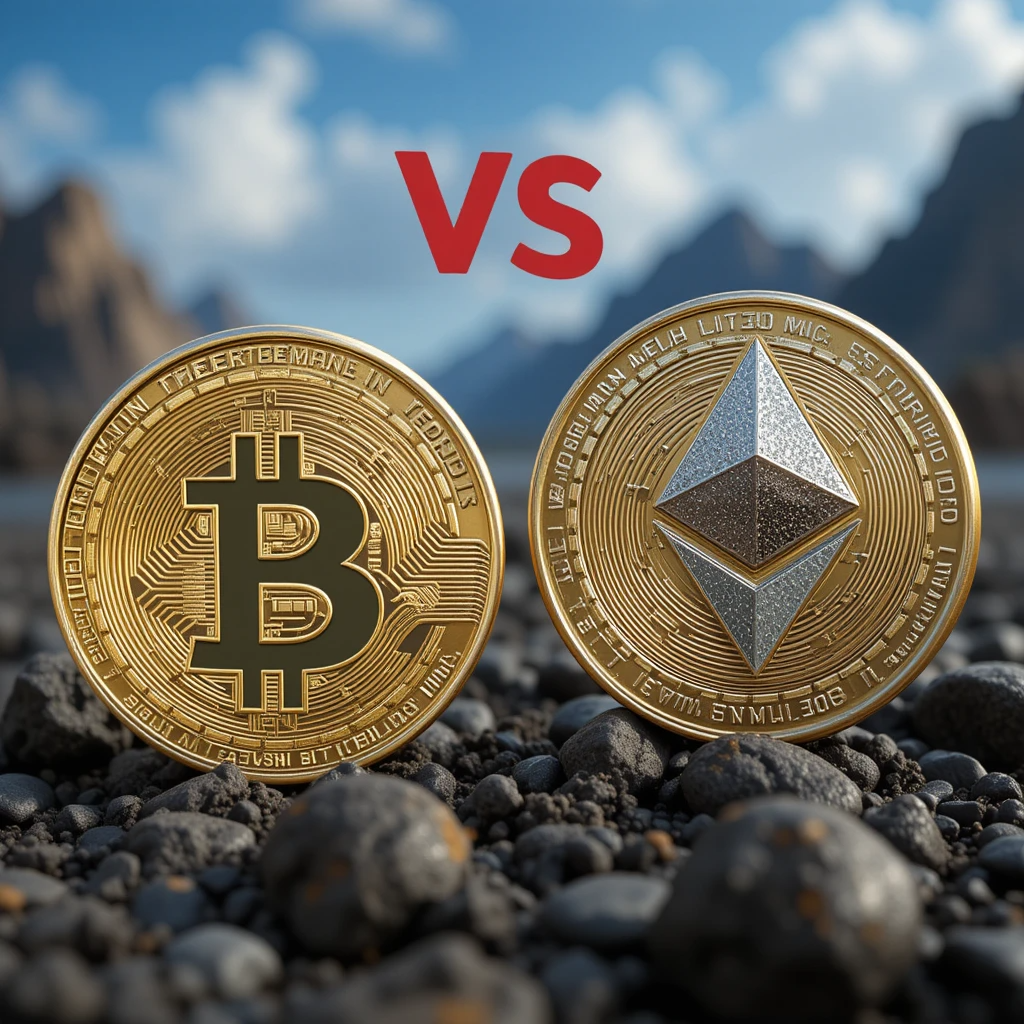Starting your journey into cryptocurrency can feel like learning a new language. Between “blockchain,” “HODL,” and “smart contract,” the lingo may seem overwhelming. But don’t worry—it’s not as complicated as it sounds.
In this beginner-friendly guide, we’ll break down 20 of the most important crypto terms, so you can read charts, follow discussions, and invest with confidence.
Blockchain Basics
1. Blockchain
A blockchain is a digital ledger that records transactions in a secure, transparent, and decentralized way. It’s the technology behind Bitcoin and most other cryptocurrencies.
2. Node
A node is any computer that participates in the blockchain network. It helps verify and store transaction data.
3. Ledger
The ledger is a digital record of all transactions on the blockchain. It’s immutable, meaning once a transaction is recorded, it can’t be changed.
4. Decentralization
Decentralization means no single authority controls the network. Power and control are spread across many users (nodes).
Cryptocurrency Essentials
5. Bitcoin (BTC)
Bitcoin is the first and most well-known cryptocurrency. It was created in 2009 and is often referred to as “digital gold.”
6. Altcoin
Any cryptocurrency other than Bitcoin is called an altcoin. Examples include Ethereum, Litecoin, and Solana.
7. Stablecoin
A stablecoin is a type of cryptocurrency pegged to a stable asset like the U.S. dollar. Popular stablecoins include USDT and USDC.
8. Token
A token is a digital asset that runs on an existing blockchain. It can represent ownership, access, or a unit of value (like in DeFi apps).
Wallets and Transactions
9. Wallet
A crypto wallet is where you store and manage your crypto assets. It holds your private keys and can be software (hot wallet) or hardware (cold wallet).
10. Private Key
A private key is your secret password that gives access to your crypto. If someone gets your key, they get your funds—so keep it safe.
11. Gas Fee
This is the fee you pay to process transactions on a blockchain. On Ethereum, high traffic can mean high gas fees.
12. Address
A crypto address is like your bank account number. It’s where others can send you cryptocurrency.
Crypto Investing Terms
13. HODL
Originally a typo of “hold,” HODL means to keep your crypto long-term despite market ups and downs.
14. FOMO
Fear of Missing Out. In crypto, FOMO happens when you rush to buy during a price surge—often leading to poor timing.
15. Bull Market
A market where prices are rising, and investors are optimistic.
16. Bear Market
A market where prices are falling, and there’s fear or pessimism among investors.
Blockchain Functionality Terms
17. Smart Contract
A smart contract is self-executing code that runs on a blockchain. It automatically performs actions when certain conditions are met.
18. NFT (Non-Fungible Token)
An NFT is a unique digital asset (like art or music) that proves ownership and authenticity using blockchain.
19. Mining
Mining is the process of validating transactions and creating new coins using powerful computers. It’s mainly used in Bitcoin’s Proof-of-Work system.
20. Staking
Staking means locking up your coins in a Proof-of-Stake system to help run the network—and earn rewards in return.
Tips for Remembering Crypto Terms
-
📱 Use Flashcard Apps like Quizlet or Anki
-
👥 Join Crypto Communities (Telegram, Discord, Reddit)
-
🧾 Follow Crypto Glossaries and visual guides on platforms like Binance Academy and CoinMarketCap
Learning these words builds a solid foundation for deeper exploration into crypto and blockchain.
FAQs
Q1. Are these terms used in all cryptocurrencies?
Yes—these are universal terms used across most blockchains and tokens.
Q2. How fast can I learn these terms?
You can pick up the basics in a few days with daily practice and usage.
Q3. Do I need to know them to invest?
Absolutely. Knowing the terms helps you avoid scams, make informed choices, and use platforms safely.
Q4. What’s the best way to keep up with new crypto terms?
Subscribe to crypto newsletters, Twitter accounts, or use learning hubs like Binance Academy.
Q5. Can these terms change in meaning?
The core meanings stay the same, but slang and new trends can shift how some are used.
Q6. What are slang terms in crypto?
Terms like “rekt” (big loss), “moon” (price skyrocketing), and “whale” (large holder) are popular among traders.
Conclusion
Understanding cryptocurrency starts with the language. By mastering these 20 crypto terms, you’ll be able to:
-
Read articles and charts with ease
-
Navigate exchanges and wallets confidently
-
Communicate effectively with other crypto enthusiasts
The more fluent you become in crypto terms, the fewer mistakes you’ll make and the more strategic your decisions will be. Start small, keep learning, and you’ll be speaking crypto in no time!









